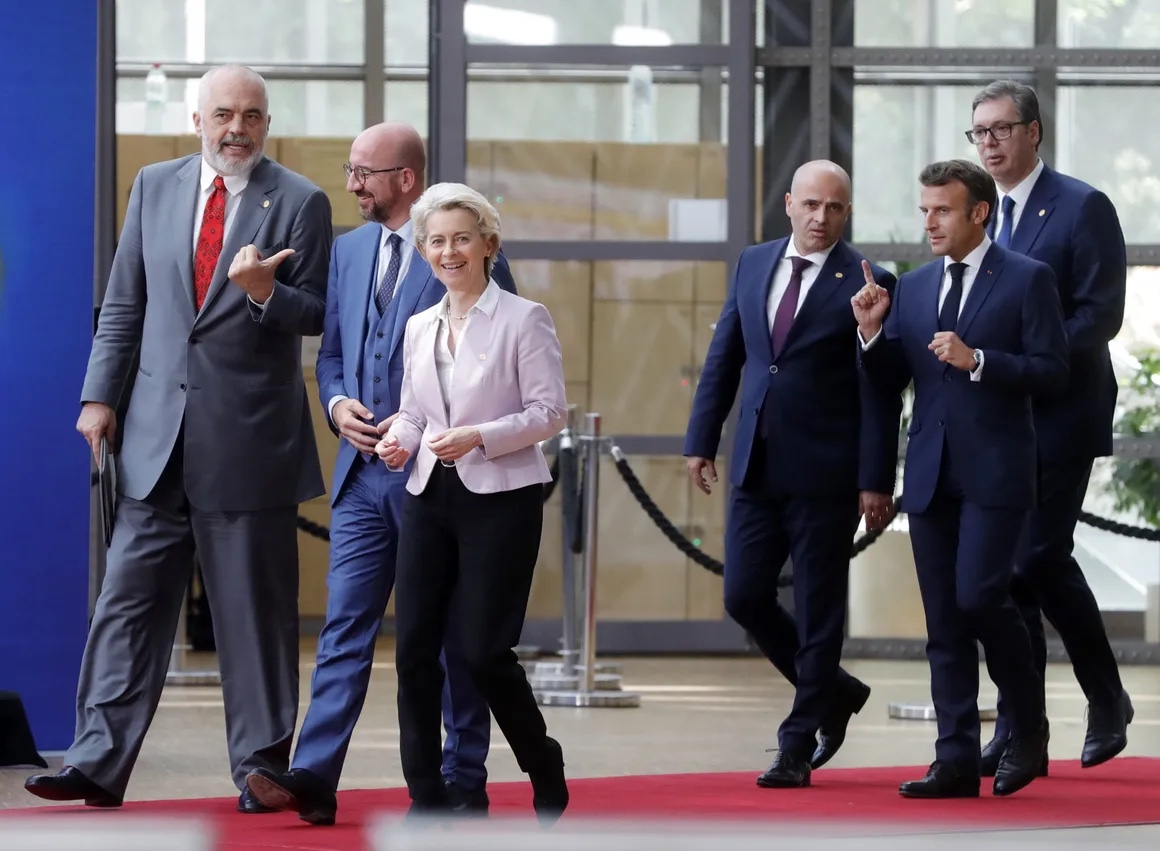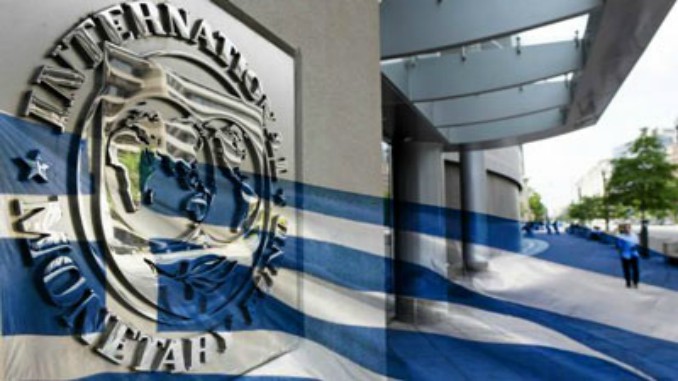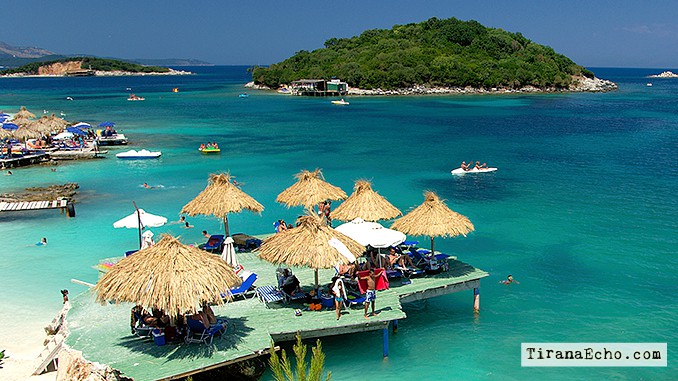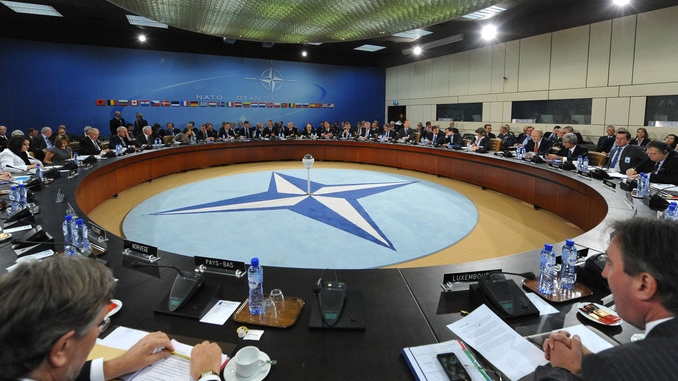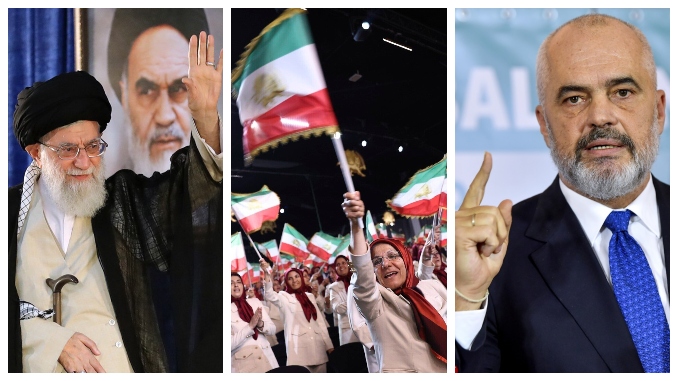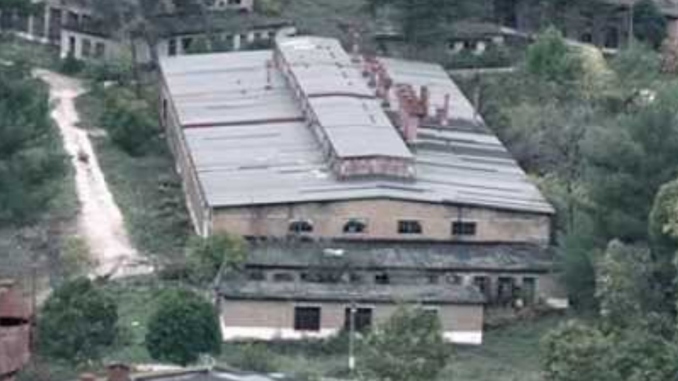Europe and the US face a challenge in the Balkans
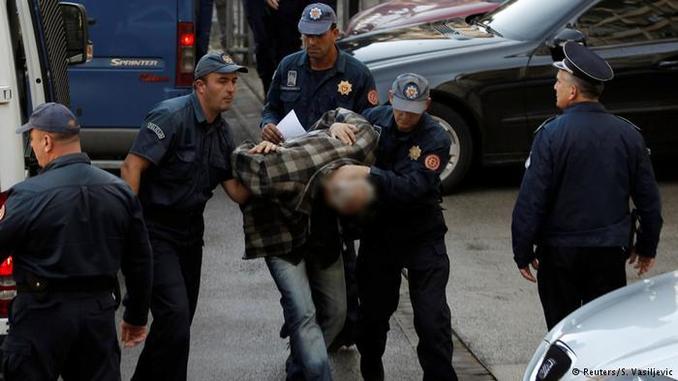
As they fretted over where, after Ukraine, they would confront the next challenge from Vladimir Putin’s Russia, the EU and Nato may have been looking in the wrong place. The most immediate danger now lies not in the Baltic states of north-east Europe, but in the south-east, in the Balkans.
Ever since the 1990s post-Yugoslav wars, two main factors have helped stabilise the western Balkans — the five ex-Yugoslav states that have not yet joined the EU, plus Albania.
One was the prospect, however distant, of joining the EU. This has encouraged democratising reforms. The hope has been that EU membership would ultimately cement reconciliation between the peoples of the Balkans, as it did between France and Germany and other second world war foes.
The other stabilising force was US support, and the assumption that the US or Nato would intervene if conflict were to re-emerge — as they did in Bosnia in 1995 and Kosovo in 1999. But amid the crises of eurozone debt, Middle East refugees, Brexit and rising populist-nationalism, EU enlargement, for now, seems dead. European leaders’ insistences to the contrary this week ring hollow in Belgrade or Sarajevo. Donald Trump, the US president, meanwhile, is seen as having minimal interest in the edges of Europe.
This is creating an opening that an emboldened Russia is exploiting to push back against EU and US influence, an attempt to reshape alliances and potentially borders. Moscow is playing on its cultural links with Orthodox Slavic populations. Wherever there is Balkan turbulence, Russia’s hand is not far away.
Evidence suggests an alleged coup attempt in October in Montenegro, initially blamed on Serbian nationalists, was backed by Russian security services to try and derail the country’s scheduled accession to Nato. A train sent from Serbia to the border of its former province of Kosovo last month, bearing the words “Kosovo is Serbia” in 21 languages, was made in Russia. Moscow and the EU are on different sides of a dangerous political stand-off in Macedonia.
Nikola Gruevski, the long-time pro-EU strongman there, may be tilting towards the Kremlin. Russia is backing, too, nationalist president Milorad Dodik in Republika Srpska in calls for a referendum on independence for the Bosnian Serb entity from Bosnia-Herzegovina. The best way to undermine Moscow’s propaganda and the prospect of Russian “little green men” making mischief in the western Balkans is for the EU and US to remain committed to winning hearts and minds in the region.
Whatever his own views, Mr Trump’s appointment of senior officials and advisers who understand the importance of a peaceful Europe means the EU has a chance of keeping Washington engaged. Even with Balkan states’ membership prospects on hold, EU leaders have leverage. As a source of trade, aid and investment, the EU dwarfs Russia. For all the Russian cultural links, migration flows from the Balkans are almost entirely to the rest of Europe.
The EU model retains its attractions. Repeating promises and throwing in a bit more money is not enough. Much more EU engagement is needed. That includes close monitoring of developments, efforts to counter Russian disinformation, and frequent visits by European leaders and officials to provide reassurance that they still take the Balkans and its problems seriously. This requires political will above all. Without it, Europe’s most troubled corner risks sliding back towards its dark past, with dangerous implications for the rest of the continent.
Source: FT

